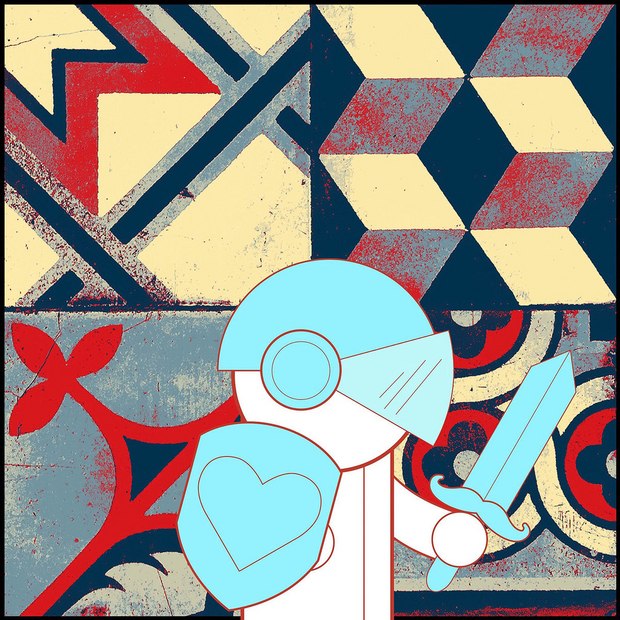The hero's journey in VR.
In part one of this series, we noted that virtual reality is the perfect medium in which to manifest story as a metaphor for life. We also observed that in virtual reality, storytelling becomes story discovering. On that front, let's touch upon the evolving role of the discoverer: the hero, who in VR more often than not is yourself.
Characters are vessels for story, with the hero (or protagonist) foremost. At the core of nearly every story is a hero's quest to attain, protect or restore something in response to an inciting incident. Joseph Campbell famously outlines the classic hero's journey in his 17-stage "monomyth."
Traditionally, you follow the hero's journey from a distance: through the spoken word, through the printed page, through the proscenium or through the screen. In virtual reality, we can experience the hero's journey in a couple of ways more intimate than observing from a distance. In the first of these...
1. You accompany the hero's journey in the moment.
In John Bucher's “Storytelling for Virtual Reality”, pioneering VR filmmaker Jessica Brillhart expounds:
"In terms of the hero, what's interesting is shared experience - having something big happen, some kind of main event. You're there right next to the hero watching it. That creates camaraderie. That creates shared experience. That creates empathy. Additionally, we provide opportunities to discover elements, like owning memories, owning moments, owning the hero. Maybe the first thing you don't see is the hero. The hero emerges and you discover her. Suddenly, it's like she's mine now. She's part of me."
In other words, the presence intrinsic to virtual reality enables you to experience rather than to watch, to empathize rather than to sympathize. However, there will be users who are not satisfied with the role of "phantom sidekick," who wish to engage as active protagonist. To this end, virtual reality provides a second, even more compelling option for the user...
2. You are the hero, and the journey is yours.
As storytelling becomes story discovering in virtual reality, as users hunger for agency, and as VR serves as a medium in which to manifest story as a metaphor for life, first-person narratives evolve from novelty to necessity. The challenges for VR storytellers are many, given that each user approaches a first-person narrative not only with different life experiences, but with different expectations regarding interactive narratives.
When the hero is you, it is essential that you feel yourself to be the driving force of the first-person VR narrative, with "front row feet" as opposed to a "front row seat." Agency demands that you can make decisions and effect changes throughout the narrative journey. Agency also requires that VR creators "leave space" for the user (literally and figuratively), and design experiences that allow the user to interpret and "fill in the blanks."
We have engaged in active story discovery throughout our history around campfires and over books. Suggestive VR storytelling should take a cue from this history, leveraging on the human imagination and our innate ability to recognize patterns and form mental images. More on this in the next post.








